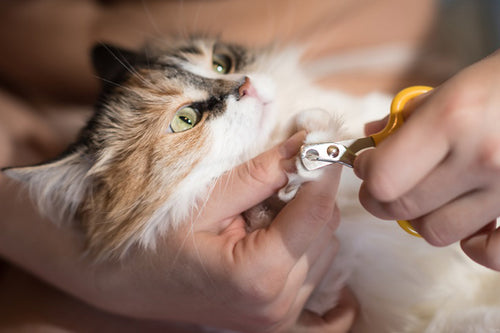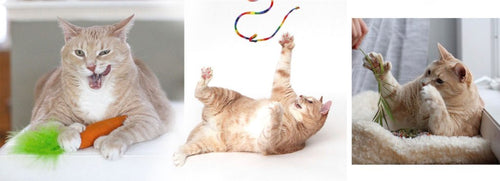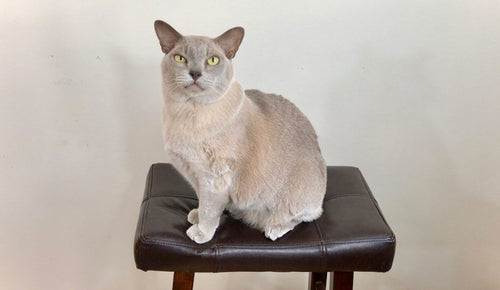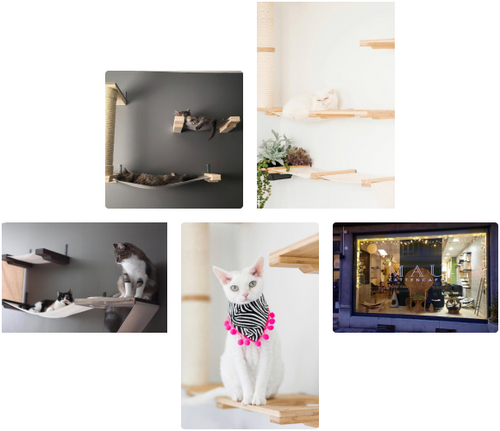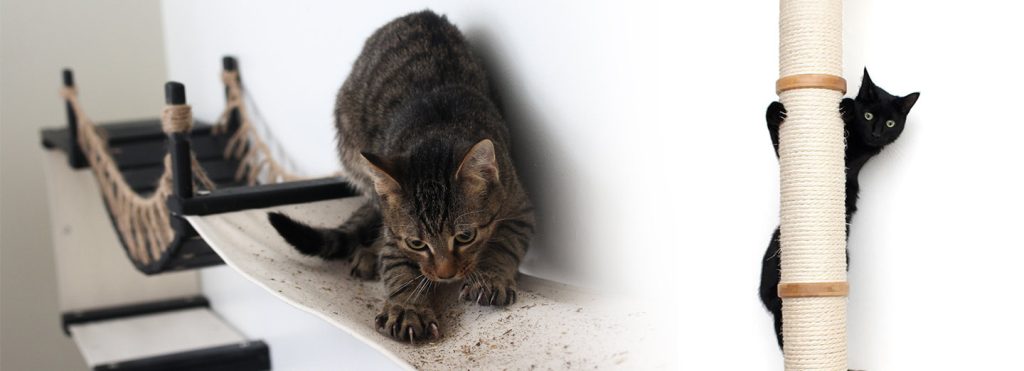
For all the amazing qualities cats bring into your home, one that can erode the human-feline bond is destructive scratching. Scratching of the house or furniture can account for around 15% to 42% of feline behavior complaints and can become so problematic that cats might end up being rehomed.
Although it can seem like pointless destruction, scratching is a normal behavior in cats that serves several important purposes. The behavior is involved in claw health and care, communication to other cats, as a “this is home” marker, and is needed to stretch the muscles of the limbs, thorax, and back.
Common side effects of declawing cats
In the past, it was thought that cats could be saved from rehoming by something called declawing. This is the surgical amputation of all or part of a cat’s third phalanges (toe bones) and the attached claws. The idea was that no claws mean no damage; unfortunately, it wasn’t that simple.
Over time, some unwanted side effects started to appear, including aggression, pain, problems with litter box use, reduced ability to catch themselves when they slip from high up, complications after the surgery, excessive biting, and the reduced ability to defend when in danger.
Alternative Options
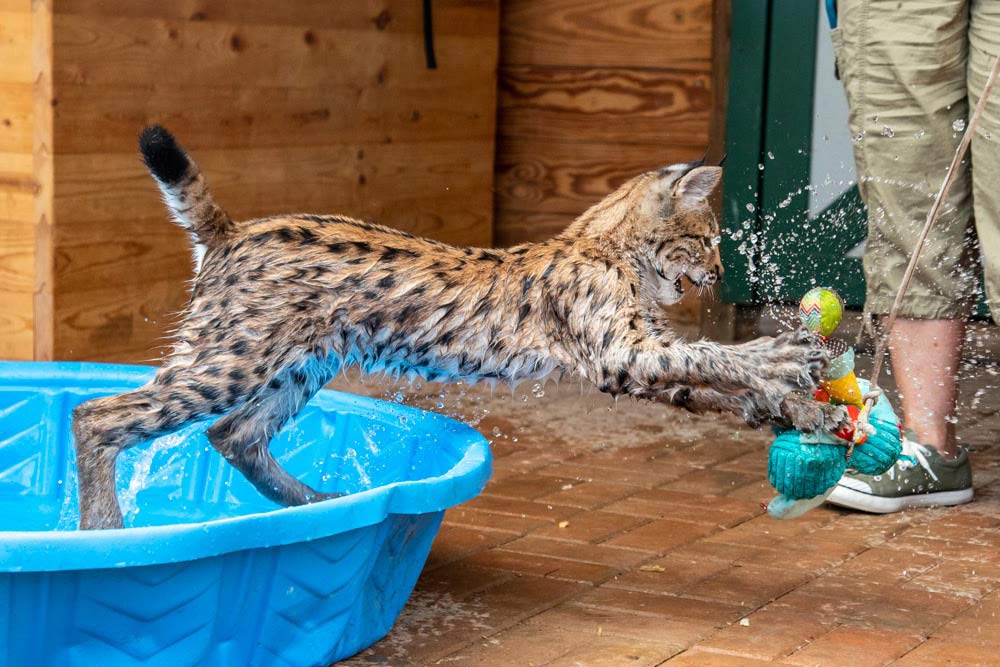
Because of these unwanted side effects, veterinarians, behaviorists, and trainers now look at options that address the issue and have less risks associated with them. These alternatives include training and management, regular claw care, synthetic pheromones for stress reduction and to promote appropriate scratching, claw caps, and environmental enrichment.
Training and Management
Because scratching is a natural behavior, the idea here is to change where a cat scratches using behavior modification. This can look like training a cat to use a scratching post, rewarding a cat for correct surface use, redirecting improper scratching away from furniture etc, and arranging the environment to make desired behavior more likely.
For scratching, cats need a long surface made of materials like cardboard, sisal rope, wood, or fabric. These scratching surfaces can be vertical or horizontal and the idea is that with training, these scratching locations will become the appropriate outlet. You can put the new appropriate surface very close to the old one, and use it to shield your furniture; this way you replace one problem behavior with a solution that satisfies all parties.
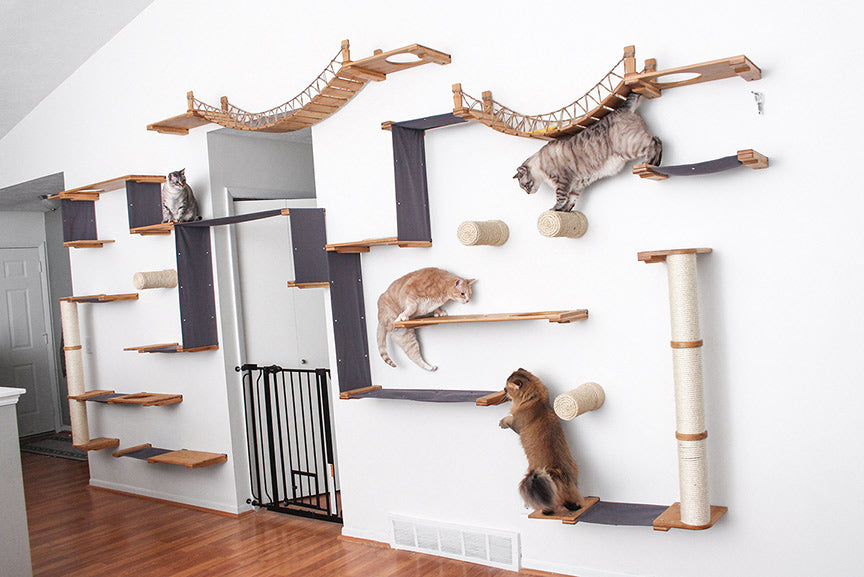
Regular claw care
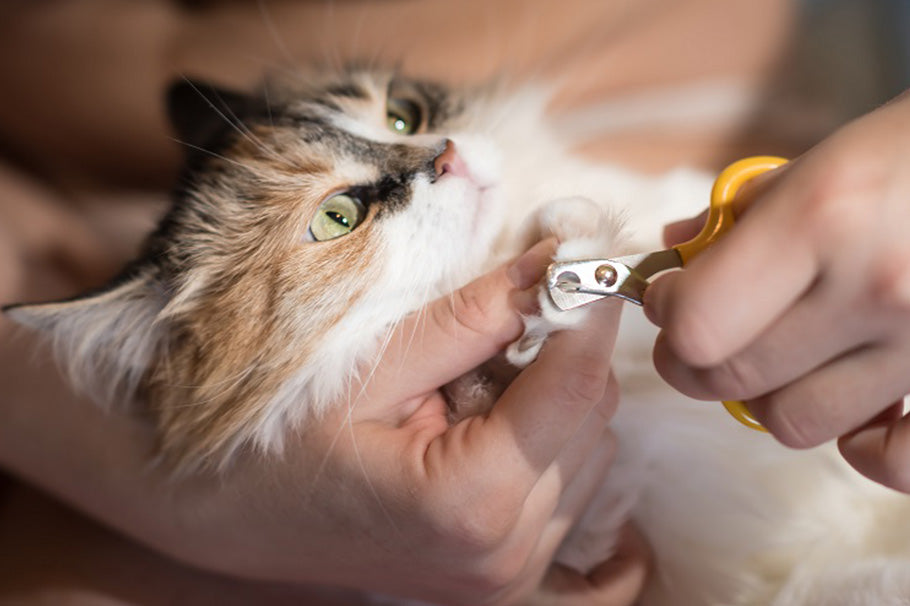
When the scratching concern is other people or animals, trimming the cats claws can be a good option. When trimming is started early and made fun and relaxing, a kitten can grow to enjoy it. This trimming is done weekly to keep claws rounded and safe for human skin. For other cats, trimming can be terribly scary and stressful and is not an option.
Synthetic pheromones
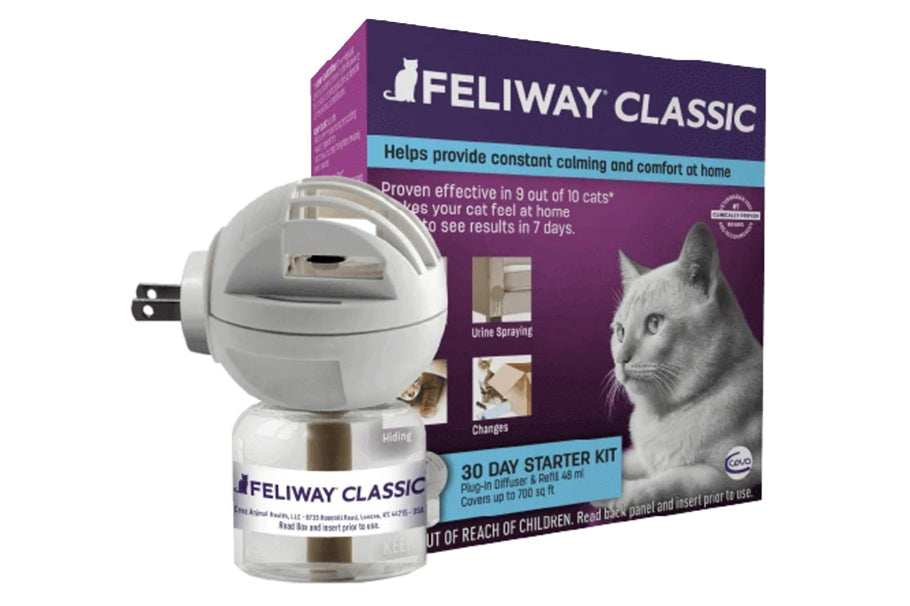
Synthetic pheromones are another excellent option. Feliway Classic is a type of pheromone that has been shown to help reduce stress and prevent spraying and scratching.
Feliway’s website says to use the plugin in a room where your cat spends most of its time and that doing this reduces urine spraying in 9 out of 10 cats.
Claw caps
Claw caps are a temporary cover that can reduce the damage of scratching. This is another option that requires a cat that is not stressed by handling. For many cats this is not an option because of the frequent paw handing needed. However, if you cat doesn’t mind paw handing, these are a colorful and safe option when applied correctly. These cap the sharp end, while still allowing the nail to properly retract. The caps are replaced every few months; as the cat’s nails grow, you can then trim the nail and reapply the cap.
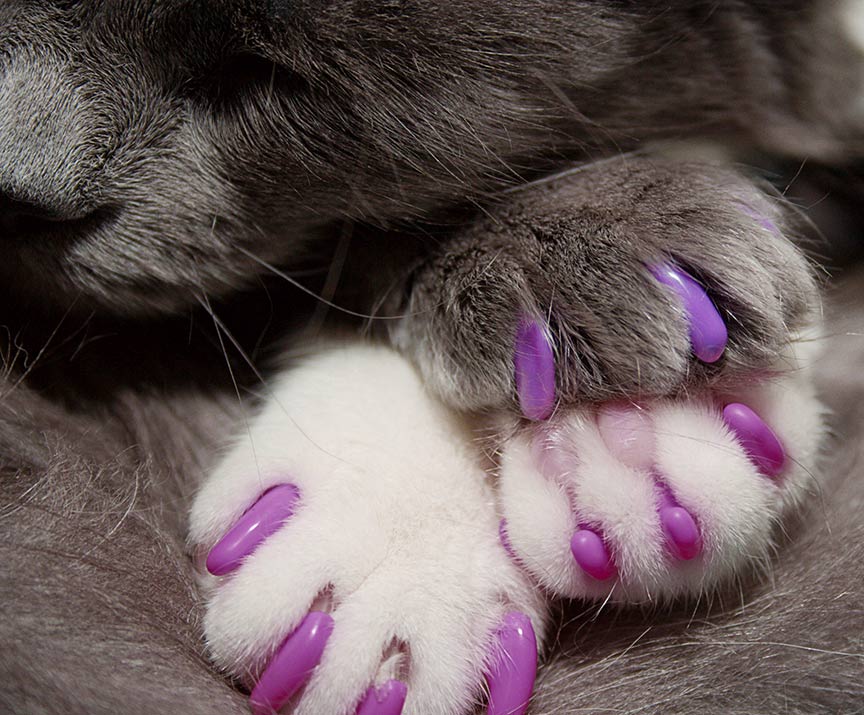
Environmental Enrichment
Changes in environmental enrichment can help provide better outlets for natural behavior and reduce stress. This can look like adding attractive scratching posts where a lesser old post was located, vertical climbing locations, adding catnip or attractive scent to scratching posts, adding other stress relieving activities like food puzzles, and new toys. Giving cats many alternative behaviors helps foster important behavior diversity, reduces repetitive behavior, and reduces stress.
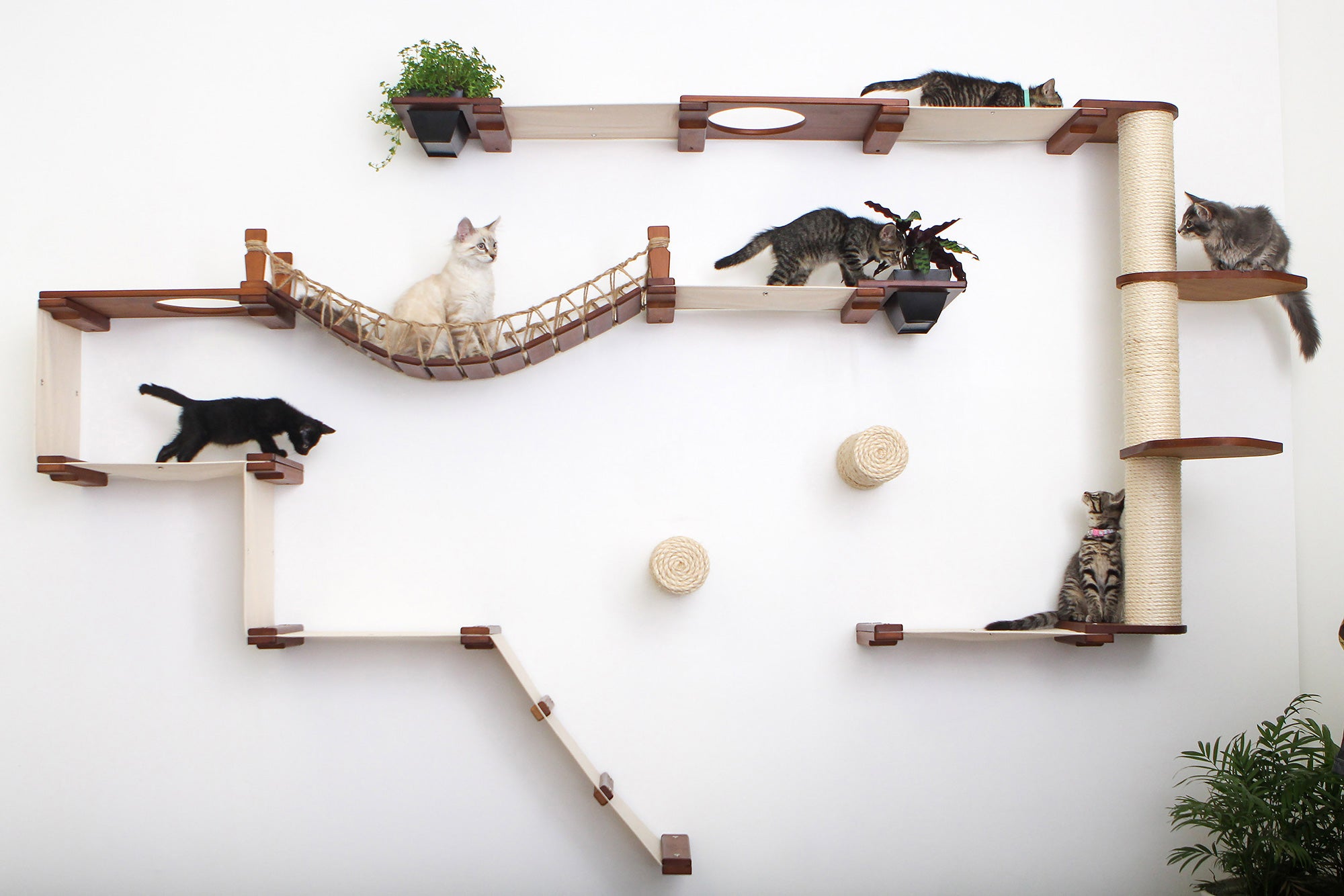
With all these options at our disposal, we now have less invasive solutions for destructive scratching. A single behavior often can have multiple environmental influences. Using training, claw care, pheromones, claw caps and enrichment we can address both the cat’s needs and our own needs to maintain the feline and human bond and promote healthy feline behavior.
Further Research
- AAFP Position Statement: Declawing
- https://www.ncbi.nlm.nih.gov/pmc/articles/PMC3923482/
- https://journals.sagepub.com/doi/full/10.1177/1098612X17729246?journalCode=jfma
- Federation of Veterinarians of Europe. Surgery for cosmetic and other non-curative purposes. European Convention for the Protection of Pet Animals.
- https://fve.org/cms/wp-content/uploads/fve_00_066_cosmetic_surgery.pdf (2001, accessed June 9, 2015, link updated January 25, 2024).
- Canadian Veterinary Medical Association . Scratching behaviour is normal in cats.
- https://www.canadianveterinarians.net/related-resources/scratching-behaviour-is-normal-in-cats/ (2012, accessed June 9, 2015, link updated January 25, 2024).
- Epstein, ME, Rodan, I, Griffenhagen, G. 2015 AAHA/AAFP Pain Management Guidelines for Dogs and Cats. J Feline Med Surg 2015; 3: 251-272
- Cozzi, A, Lecuelle, CL, Monneret, P. Induction of scratching behaviour in cats: efficacy of synthetic feline interdigital semiochemical. J Feline Med Surg 2013; 15: 872-878.
- Moesta, A. Feline scratching of furniture: impact, owner attempts to prevent it and attitudes towards declawing – a survey of cat owners and veterinarians. MSc thesis, Graduate Faculty, The University of Georgia, USA, 2012.
- American Veterinary Medical Association . Declawing of domestic cats.
- www.avma.org/KB/Policies/Pages/Declawing-of-Domestic-Cats.aspx (accessed June 9, 2015).
- Mengoli, M, Mariti, C, Cozzi, A. Scratching behaviour and its features: a questionnaire-based study in an Italian sample of domestic cats. J Feline Med Surg 2013; 15: 886-892.
- Ellis, SL, Rodan, I, Carney, HC. AAFP and ISFM feline environmental needs guidelines. J Feline Med Surg 2013; 15: 219-230.
- Types of synthetic pheromones
- Lockhart, LE, Motsinger-Reif, AA, Simpson, WM. Prevalence of onychectomy in cats presented for veterinary care near Raleigh, NC and educational attitudes toward the procedure. Vet Anaesth Analg 2014; 41: 48-53.
- Curcio, K, Bidwell, LA, Bohart, GV. Evaluation of signs of postoperative pain and complications after forelimb onychectomy in cats receiving buprenorphine alone or with bupivacaine administered as a four-point regional nerve block. J Am Vet Med Assoc 2006; 228: 65-68.
- American Veterinary Medical Association . Welfare implications of declawing of domestic cats. Literature review. April 9, 2009.
- https://www.avma.org/sites/default/files/resources/declawing_bgnd.pdf (2009, accessed June 9, 2015, link updated January 25, 2024).
- Morgan M, Houpt KA. Feline behavior problems: the influence of declawing. Anthrozoos 1989; 3: 50-53.
- Curcio K, Bidwell LA, Bohart GV, et al. Evaluation of signs of postoperative pain and complications after forelimb onychectomy in cats receiving buprenorphine alone or with bupivacaine administered as a four-point regional nerve block. J Am Vet Med Assoc 2006; 228: 65-68.

